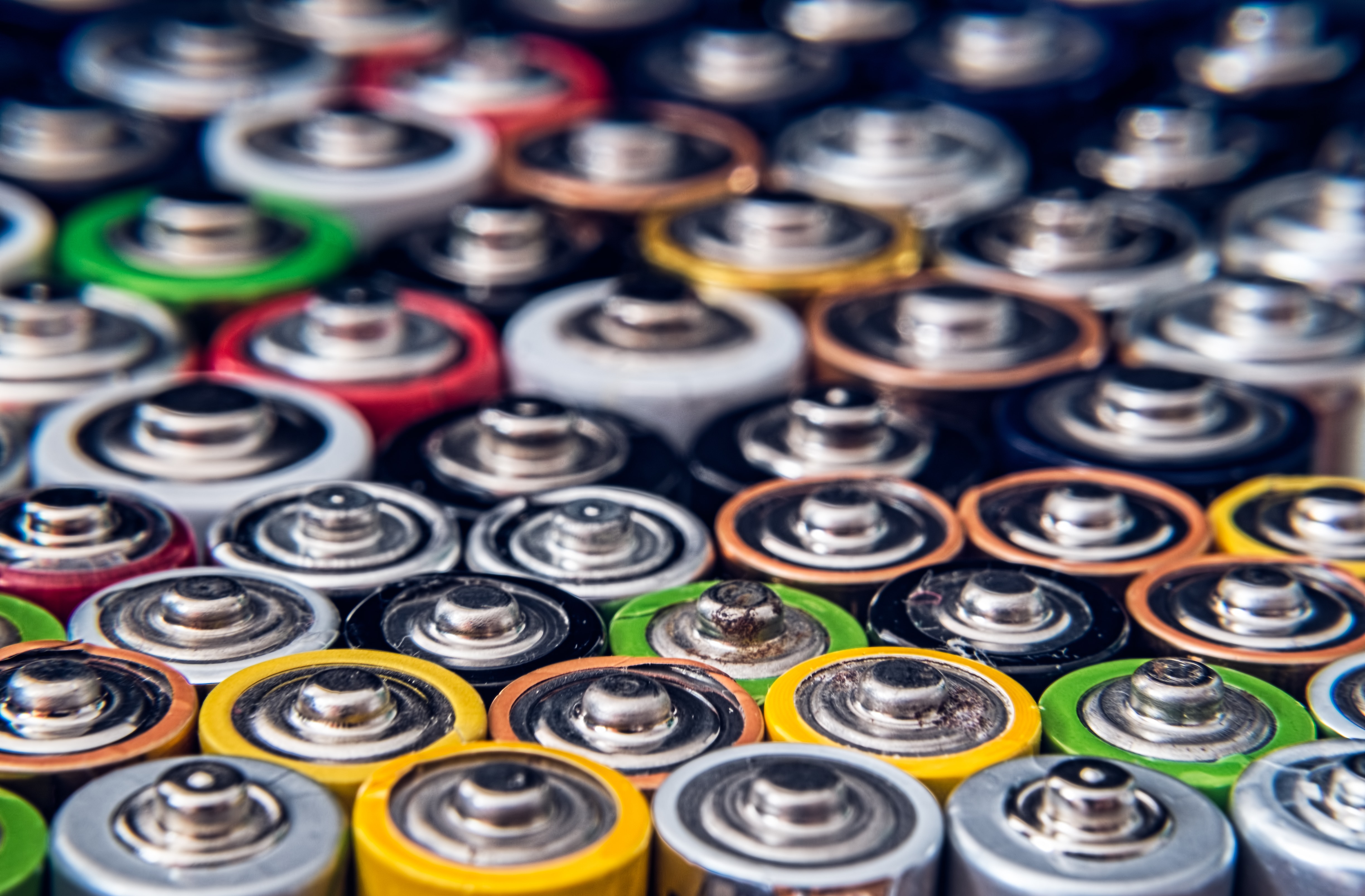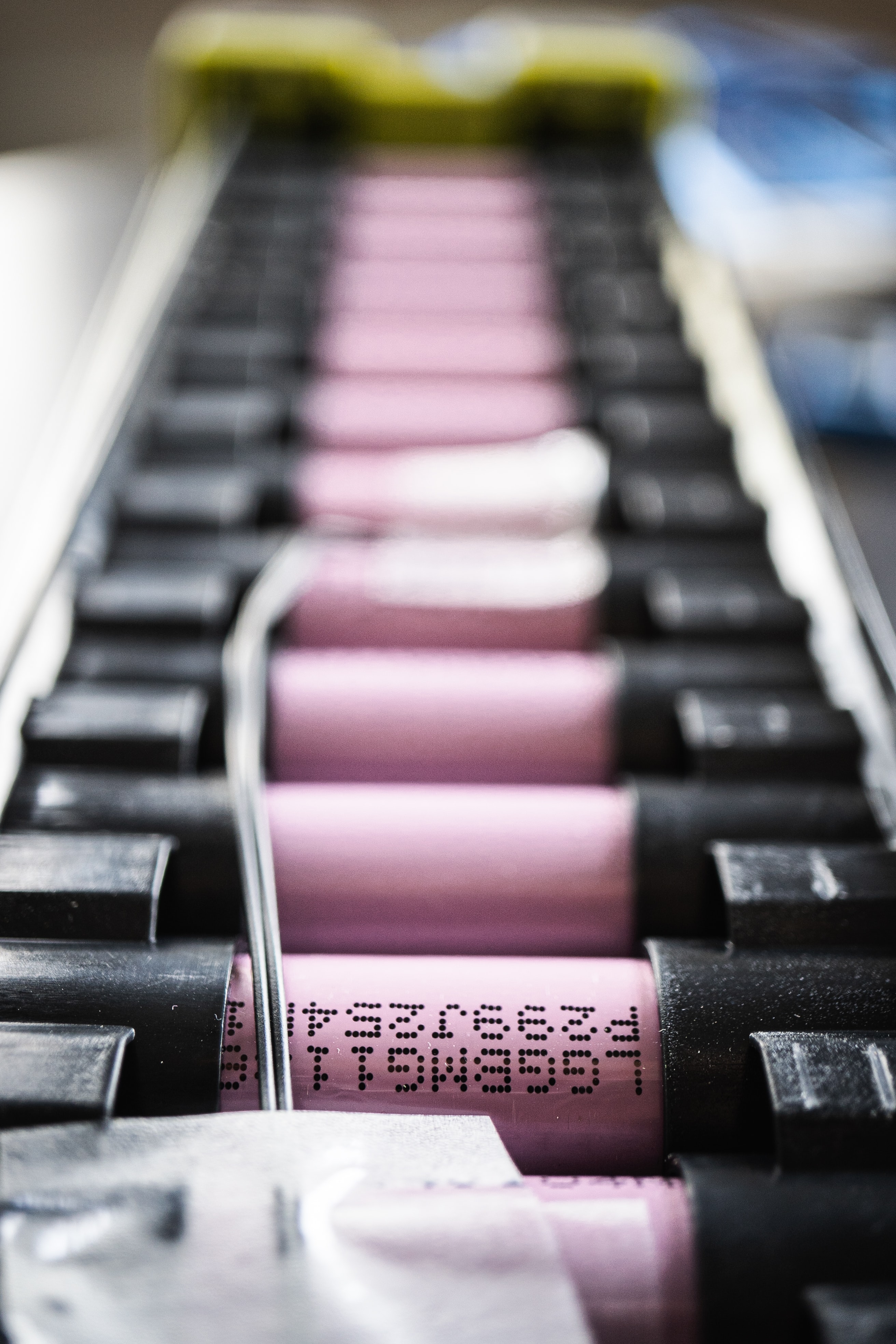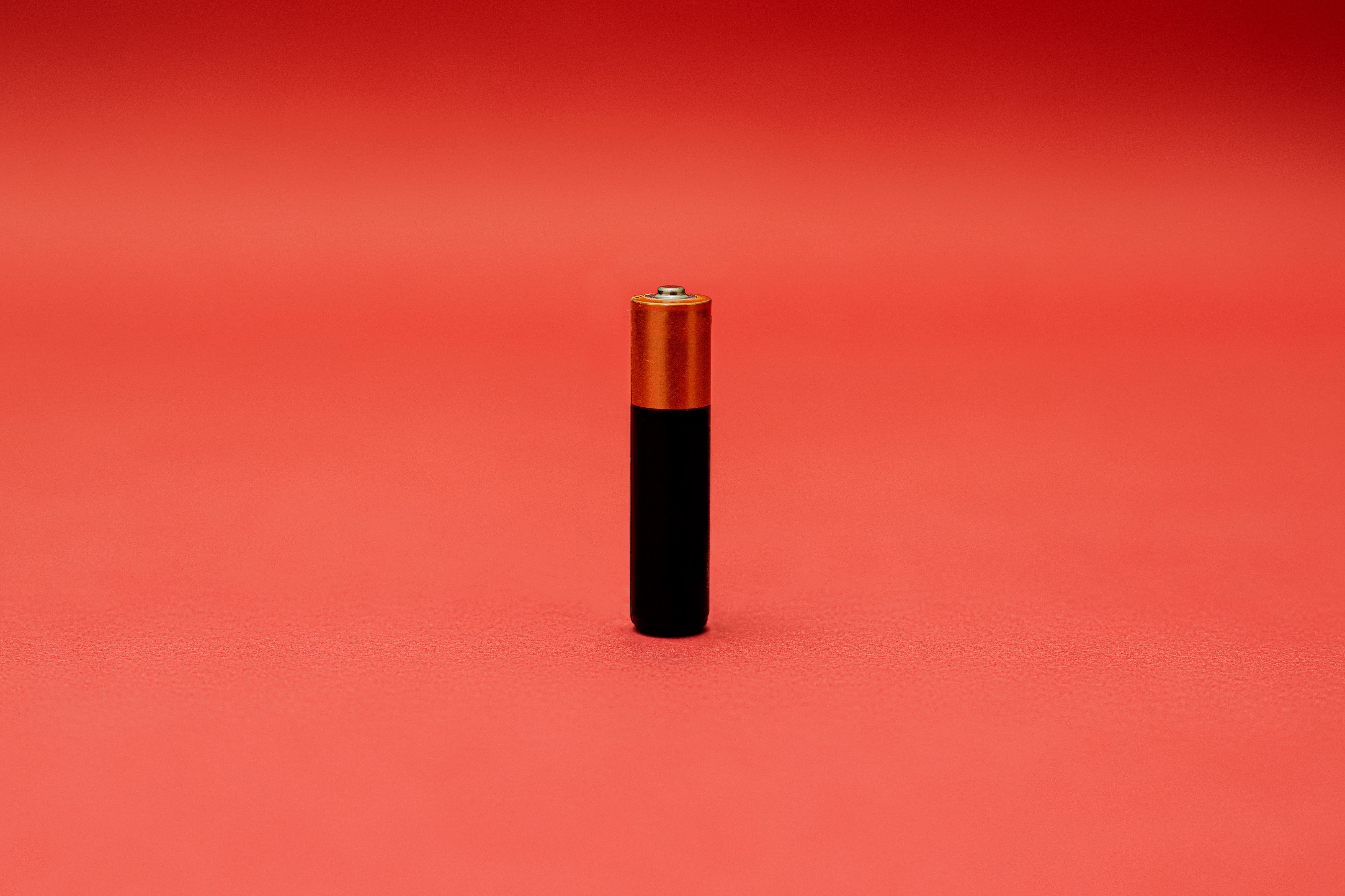W hen using an unregulated mod (something that isn’t a variable voltage/wattage device) it is vital for safety to appreciate the relationship between voltage, atomiser resistance and electric current.
hen using an unregulated mod (something that isn’t a variable voltage/wattage device) it is vital for safety to appreciate the relationship between voltage, atomiser resistance and electric current.
Terms
- VOLTS, V, potential difference
- AMPS, Current, A (I)
- OHMS, Resistance, R, Ω
- WATTS, Power, W
Voltage
A fully charged battery will read close to 4.2 volts (+/-0.03V)
Voltage can be thought of as the push the electricity is getting to make it flow around a circuit.
In ways it is similar to the idea of water pressure. With a full tank there is a lot of pressure forcing water down the pipe but as the quantity of water drains there is less water left, the force gets smaller and the flow reduces.
Batteries will perform at a constant level for a while and then drop off even though there is voltage left. Better batteries will produce more ‘push’ for longer.
Current
T he current is the rate of flow of electricity - the faster it flows the quicker the battery drains. Also, the faster it flows the hotter the coil in your atomiser gets, vaporising liquid faster giving more flavor and vape clouds.
he current is the rate of flow of electricity - the faster it flows the quicker the battery drains. Also, the faster it flows the hotter the coil in your atomiser gets, vaporising liquid faster giving more flavor and vape clouds.
Less resistance or a larger push gives a greater current: less Ω or more V leads to larger A.
A variable wattage/voltage device will keep the current flowing at a constant rate by artificially pushing it. The current in a mechanical mod will reduce as the battery drains.
Batteries have a maximum amp limit for continual use and pulse (a quick off and on). If your vendor can’t provide this information then ask on the Planet of the Vapes forum.
Certainly when starting out, you should always stay safely inside the limits of the battery. Pushing cells to and beyond their limits can result in the battery venting or becoming internally damaged and unable to function properly.
Resistance
In creasing the resistance slows down the flow of electricity.
creasing the resistance slows down the flow of electricity.
The resistance of a coil is dependent on the number of wraps in the coil and the thickness of the wire.
This can be thought of as restricting the size of a hole in a water pipe. A smaller hole makes it more difficult for the water to flow through.
Power
Power is the rate energy is transferred from the battery to your coil.
Many people use the variable wattage setting on their device as this ensures an equal rate of energy transfer and a longer period of satisfying vape.
Mech mod users don’t mind swapping over batteries when battery power drop causes a drop off in vape quality.

Ohms Law
To work out the maxim um current flowing through your coil divide 4.2 by the resistance value of the coil you are using.
um current flowing through your coil divide 4.2 by the resistance value of the coil you are using.
This gives you the maximum current draw on the battery.
4.2 volts is the typical reading on a freshly charged battery, as it is used this reading drops and so too will the current through the coil.
Refer to the section below and your battery vendor to check if the maximum current draw is safe (less than the value below) if you are unsure.
In the formula to the right, V = Volts, I = power (Amps) and R = Resistance.
Typical current ‘safe’ values for the more common batteries
*Figures given are for a continuous not pulse discharge
Efest
18350 800mAh – 6.4 amps
18500 1100mAh – 8.8 amps
18650 1600mAh – 20 amps
18650 2100/2500mAh – 15 amps
26650 3000mAh – 20 amps
AW
18350 700mAh – 6.4 amps
18490 1100mAh – 8.8 amps
18650 1600mAh – 16 amps
18650 200mAh – 16 amps
MNKE
18650 – 20 amps
26650 – 20 amps
Sony
VTC3 1600mAh – 15 amps
VTC4 2100mAh – 10 amps
VTC5 2600mAh – 30 amps
Toby Kilroy
Writer at POTVToby has been vaping since early 2012 and has used an array of devices and kit in that time. He sometimes writes up reviews but is often found with his head stuck in pages of code with a confused smile on his face. Toby also helps run his wife's site gethistory.co.uk and has two children. He sometimes fondly remembers having free time and occasionally manages to sneak away to put his head into a good book!
Join the discussion
Battery safety and charging
Protect yourself and your equipment when dealing with batteries
Battery Configurations
To stack or not to stack. Tubbyengineer answers your question...





-listing400.jpg)




